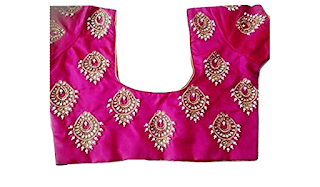"Unveiling the Past: The Fascinating Journey of the Dupatta through History"
The history of the dupatta is rich and varied, and it has been an integral part of South Asian culture for centuries. Here's a brief overview:
1. Ancient Origins: The dupatta's origins can be traced back to ancient civilizations in the Indian subcontinent. It was originally a simple piece of cloth that women draped over their heads and shoulders as a symbol of modesty and respectability.
2. Regional Variations: Over time, the dupatta evolved and took on various regional styles and forms. Different regions of South Asia developed their own unique ways of wearing and decorating the dupatta.
3. Traditional Uses: In addition to being a symbol of modesty, the dupatta also had practical uses. It provided protection from the sun, dust, and wind, making it a functional garment for women in rural areas.
4. Embroidery and Embellishments: As time passed, the dupatta became an important part of traditional attire, especially in weddings and formal occasions. Elaborate embroidery, mirror work, and other embellishments were added to make it more decorative.
5. Modern Fashion: In contemporary times, the dupatta has transcended its traditional role and become a versatile fashion accessory. It is now worn not only with traditional Indian and Pakistani outfits like sarees, salwar kameez, and lehengas but also as a stylish addition to Western outfits.
6. Cultural Significance: The dupatta continues to hold cultural significance in South Asia. It is often used as a symbol of respect and modesty, especially in religious and conservative settings.
7. Global Influence: With the global popularity of South Asian fashion, the dupatta has gained recognition worldwide. It has been adopted and adapted by designers and fashion enthusiasts around the globe.
The history of the dupatta reflects the cultural and sartorial evolution of South Asia. It has transformed from a simple piece of cloth into a symbol of style, tradition, and identity in the region and beyond.



Comments
Post a Comment